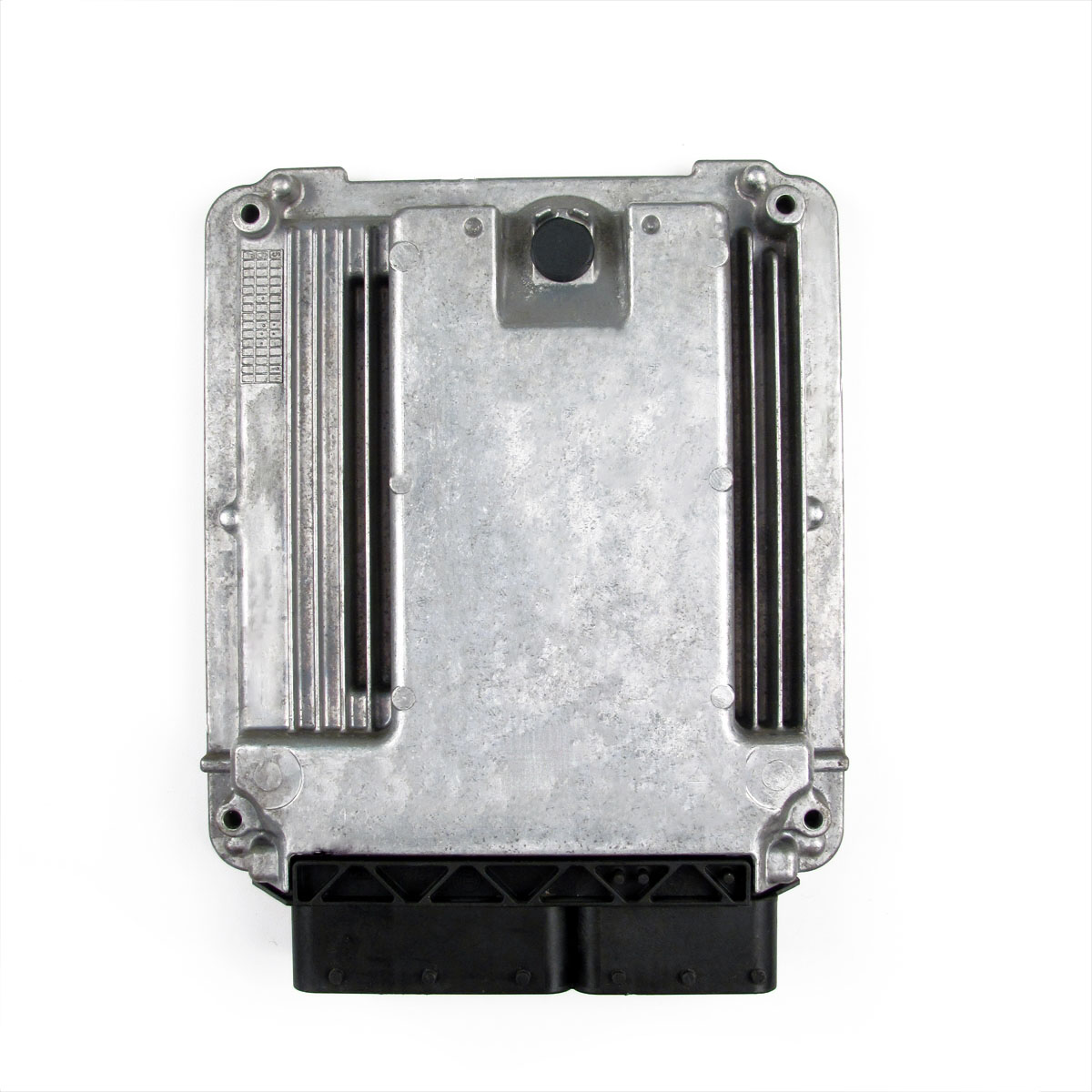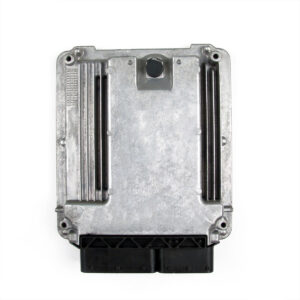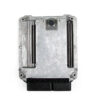Restore Your GM Vehicle’s Core Performance
Is your 2010-2011 Cadillac CTS, Buick LaCrosse, or Chevy Traverse suffering from baffling electrical gremlins? A faulty Engine Control Module (ECM) is often the culprit behind persistent check engine lights, poor engine performance, and even no-start conditions. As the brain of your vehicle’s engine, the ECM manages everything from fuel injection and ignition timing to emissions controls. When it fails, the symptoms can be frustrating and difficult to diagnose. This is a direct-fit, reliable solution to get your vehicle running properly again.
This isn’t just a part in a box; it’s a complete service. We take your vehicle’s unique Vehicle Identification Number (VIN) and flash this ECM with the latest, most stable software updates directly from GM. This critical step ensures that the module communicates perfectly with your car’s other systems, eliminating the need for an expensive trip to the dealership for programming. For many owners, this makes the replacement of a faulty 2010-2011 CTS ECM a manageable job right in their own garage.
Case Study: A Tricky Diagnosis
A customer brought in a 2011 Cadillac CTS 3.6L with an issue that had stumped two other shops. The car would run fine for days, then suddenly stall at a stoplight and refuse to restart for 15-20 minutes. There were no consistent trouble codes, just a history of random communication faults. In my experience, heat-soak issues are a classic sign of internal ECM failure. The circuit board develops micro-fractures that expand when hot, breaking connections. After confirming power and ground to the ECM were solid, we installed one of our VIN-programmed modules. The problem was solved instantly. It’s a textbook example of how a failing ECM can create intermittent issues that mimic other sensor failures.
Is Your Vehicle Showing These Symptoms?
A failing ECM can manifest in numerous ways. If you’re noticing any of the following, it might be time for a replacement:
- ✔ Persistent Check Engine Light (CEL)
- ✔ Stored diagnostic trouble codes (DTCs) like P0601, P0606, or U0100
- ✔ Engine stalling or misfiring unpredictably
- ✔ Poor fuel economy
- ✔ Harsh or erratic transmission shifting
- ✔ Vehicle won’t start, but the battery and starter are good
- ✔ Communication issues with diagnostic scan tools
A Straightforward Guide to Installation
Replacing the 2010-2011 CTS ECM is a job most DIYers can handle. The key is our pre-programming service, which eliminates the most complex step. Always consult a vehicle-specific repair manual, but here is a general guide:
- Safety First: Disconnect the negative terminal from your vehicle’s battery and secure it away from the post.
- Locate the ECM: On the 2010-2011 Cadillac CTS, the ECM is typically found in the engine compartment on the right-hand (passenger) side. For other models like the Traverse or Acadia, it’s often located behind the fan shroud.
- Disconnect Connectors: Carefully release the locking tabs on the electrical connectors and pull them straight out from the module. Do not force them.
- Remove the Old Module: Unbolt the old ECM from its mounting bracket.
- Install the New Module: Mount your new, pre-programmed ECM in place and securely fasten it.
- Reconnect Everything: Plug the electrical connectors back into the new ECM until they click into place. Reconnect the negative battery terminal.
- Final Steps: Your vehicle may require a security relearn procedure, which can often be completed by cycling the key. In most cases, the vehicle will start and run correctly with the new programming.
Verified Vehicle Compatibility
This module, part number 12636355, is a direct replacement for several original part numbers, including 19300015, 19300014, 12617230, and 12635019. It is guaranteed to fit the following vehicles equipped with the 3.6L V6 engine:
- 2010-2011 Cadillac CTS
- 2010-2011 Cadillac STS
- 2010-2011 Buick LaCrosse
- 2010 Buick Allure
- 2010-2011 Chevrolet Camaro
- 2010-2011 Chevrolet Traverse
- 2010-2011 GMC Acadia
- 2010-2011 Buick Enclave
- 2010 Saturn Outlook
Important Note for Camaro & LaCrosse Owners: For these specific models, a simple VIN flash is not enough due to their advanced immobilizer systems. To ensure a true plug-and-play experience, you will need to send us your original ECM. We will clone the necessary security data to your new module. We will contact you with shipping instructions after your purchase.
Frequently Asked Questions
How do I provide my VIN?
How do I provide my VIN?
After you complete your purchase, simply send us a message with your 17-digit Vehicle Identification Number (VIN). We cannot program and ship your module without it. You can usually find the VIN on your driver’s side dashboard (visible through the windshield) or on the driver’s side door jamb sticker.
Is any other programming required after installation?
How do I provide my VIN?
After you complete your purchase, simply send us a message with your 17-digit Vehicle Identification Number (VIN). We cannot program and ship your module without it. You can usually find the VIN on your driver’s side dashboard (visible through the windshield) or on the driver’s side door jamb sticker.
What is the process for Camaro and LaCrosse models?
How do I provide my VIN?
After you complete your purchase, simply send us a message with your 17-digit Vehicle Identification Number (VIN). We cannot program and ship your module without it. You can usually find the VIN on your driver’s side dashboard (visible through the windshield) or on the driver’s side door jamb sticker.
Will this fix my specific problem?
How do I provide my VIN?
After you complete your purchase, simply send us a message with your 17-digit Vehicle Identification Number (VIN). We cannot program and ship your module without it. You can usually find the VIN on your driver’s side dashboard (visible through the windshield) or on the driver’s side door jamb sticker.
Is this a new or used part?
How do I provide my VIN?
After you complete your purchase, simply send us a message with your 17-digit Vehicle Identification Number (VIN). We cannot program and ship your module without it. You can usually find the VIN on your driver’s side dashboard (visible through the windshield) or on the driver’s side door jamb sticker.



